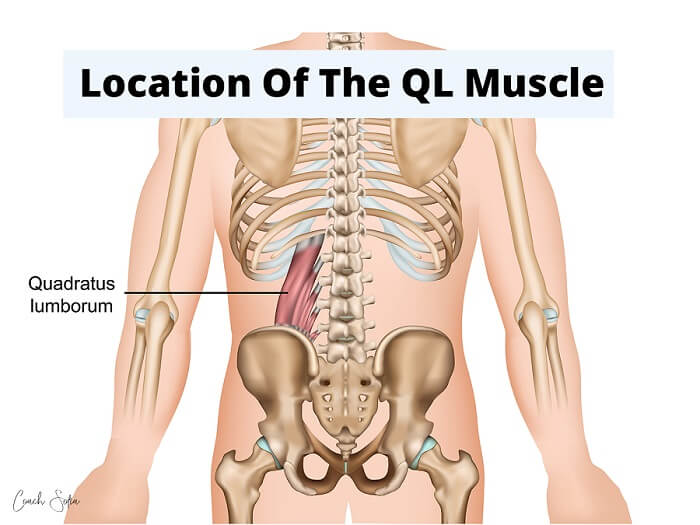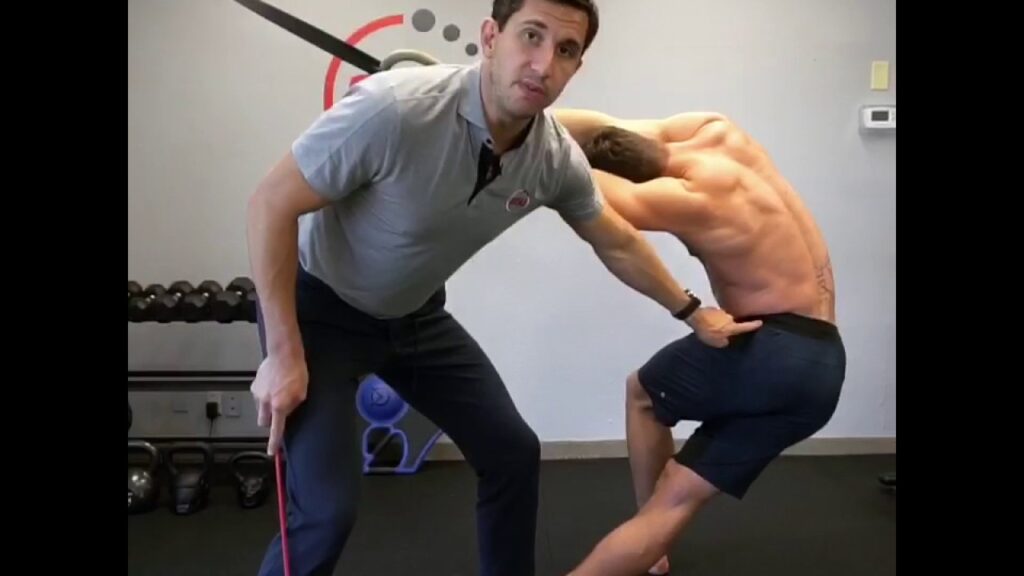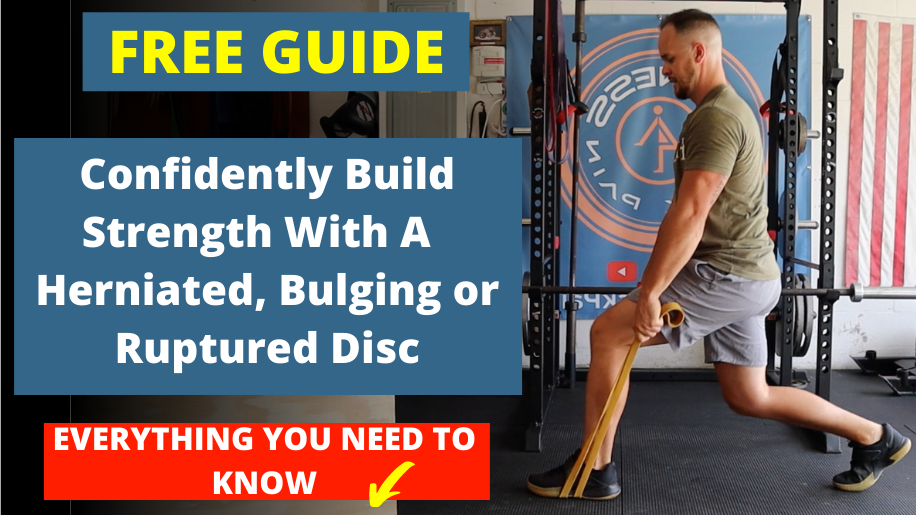How To Fix Your Tight QL Muscle | Fix your tight low back FOR GOOD
If you get pain or tightness on one side of the lower back that either feels stuck or floats from side to side, this video is for you!
Tight, stiff, or achy lower back muscles are common symptoms people tend to deal with when it comes to chronic lower back pain.
The QL is often looked at as the culprit and mindless stretching is usually suggested, but that’s actually the worst thing you could do if CHRONIC tightness is what you’ve been dealing with.
In today’s video, I will explain the 3 best exercises you can use to beat your lower back tightness and QL pain.
In this week’s video, you will learn:
How to take an ANTI_stretch approach to your tight QL muscle
What 3 exercises I think are best for a tight QL muscle
When you should apply trigger release or gentle massaging to the QL to maximize results
Discover how to build the perfect workout if you’re dealing with back pain or symptoms from a disc injury!
What Causes A Tight QL Muscle?

There are a number of potential reasons for a tight QL muscle. The most talked about causes of tight QL muscles or QL muscle pain are below!
Prolonged Sitting or Poor Posture:
Sedentary lifestyles and prolonged sitting can lead to shortened and tightened muscles, including the QL. Poor posture, especially while sitting at a desk or using electronic devices like your phone, can contribute to QL tightness.
Muscle Imbalance:
Imbalances in muscle strength and flexibility between the opposing muscle groups can lead to tightness. Weakness in certain muscle groups, such as the core or glutes, can cause the QL to compensate, leading to increased tension and tightness.
Overuse or Repetitive Movements:
Activities or occupations that involve repetitive movements, lifting heavy objects incorrectly, or performing tasks that require twisting or bending can strain the QL muscles, leading to tightness and discomfort.
Injury or Trauma:
Injuries to the lower back or lumbar spine, such as strains or sprains, can contribute to QL tightness as part of the body’s protective response to pain and instability.
Muscle Compensation:
Sometimes, tightness in the QL muscles can be a compensatory response due to problems in other areas of the body, such as pelvic misalignment, leg length discrepancies, or issues in adjacent muscle groups.
Weak Core Stability:
Lack of core strength and stability can cause the QL muscles to overwork in an attempt to stabilize the spine, leading to tightness and discomfort.
Why Is Stretching NOT A Good Strategy For Tight QL Muscle Pain?

When it comes to a tight, achy, or painful Quadratus Lumborum (QL), it’s a bit trickier than just stretching it out.
Let me explain why focusing solely on stretching might not be the best solution for QL pain.
The QL muscle is unique. It’s like that friend who’s always trying to help out, but sometimes gets a bit too enthusiastic. When it’s tight, it might not just need a good stretch; it might need some extra love and attention.
Imagine your QL as a rubber band. If that rubber band is already pulled tight and you keep stretching it, it might snap (your QL won’t literally snap) or feel even more uncomfortable. Similarly, the QL can get overworked and cranky if it’s constantly pulled in different directions.
So, instead of only stretching the QL, it’s essential to take a holistic approach.
Strengthening the surrounding muscles like your core and hips can provide better support for your lower back, taking some strain off the QL.
Also, working on your posture, avoiding staying in one position for too long, and incorporating movements that promote flexibility without solely focusing on aggressive stretching can help.
Sometimes, tightness in the QL isn’t just about the muscle itself; it can be due to other factors like how you sit, stand, or even how you move during activities.
Addressing these factors alongside gentle stretching and strengthening exercises can be more effective in giving your QL the relief and care it needs.
Always remember, finding the right balance between stretching, strengthening, and overall body movement is key to keeping your QL happy and pain-free!

